Earth's Systems
Earth is a complex and dynamic system made up of interconnected parts that work together to support life. These parts, or systems, include the geosphere, hydrosphere, atmosphere, and biosphere. Understanding how these systems interact and affect each other is important for understanding the Earth as a whole.
Geosphere
The geosphere is the solid part of the Earth, including the rocks, minerals, and landforms. It is made up of the crust, mantle, and core. The geosphere interacts with the other Earth systems through processes like erosion, tectonic movement, and the formation of mountains and valleys.
Hydrosphere
The hydrosphere includes all the water on Earth, including oceans, rivers, lakes, and groundwater. Water is constantly moving through the hydrosphere in processes like evaporation, condensation, and precipitation. The hydrosphere also interacts with the geosphere through processes like erosion and the formation of landforms by water.
Atmosphere
The atmosphere is the layer of gases that surrounds the Earth. It is made up of nitrogen, oxygen, carbon dioxide, and other gases. The atmosphere plays a crucial role in regulating the Earth's temperature and weather patterns. It interacts with the hydrosphere through processes like the water cycle and with the geosphere through processes like weathering and erosion.
Biosphere
The biosphere includes all living organisms on Earth and the environments in which they live. This includes plants, animals, and microorganisms. The biosphere interacts with the other systems through processes like photosynthesis, respiration, and the cycling of nutrients and energy.
Study Guide
- Define Earth's systems and explain how they are interconnected.
- Describe the components of the geosphere and how they interact with the other Earth systems.
- Explain the processes that occur within the hydrosphere and how they impact the other Earth systems.
- Discuss the role of the atmosphere in regulating the Earth's temperature and weather patterns, and its interactions with the other systems.
- Describe the biosphere and how living organisms interact with the other Earth systems.
- Give examples of how human activities can impact Earth's systems and the environment.
Understanding Earth's systems is essential for understanding the natural processes that shape our planet and the impacts of human activities on the environment.
[Earth's Systems] Related Worksheets and Study Guides:
.◂Science Worksheets and Study Guides Kindergarten. Our Earth
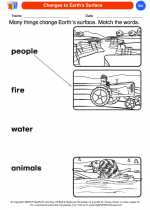
 Coloring Worksheet
Coloring Worksheet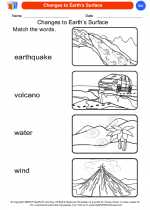
 Coloring Worksheet
Coloring Worksheet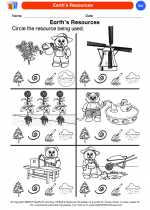
 Coloring Worksheet
Coloring Worksheet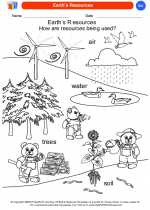
 Coloring Worksheet
Coloring Worksheet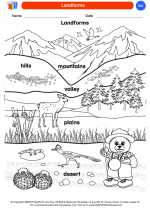
 Coloring Worksheet
Coloring Worksheet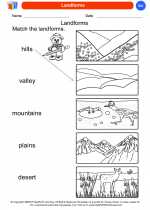
 Coloring Worksheet
Coloring Worksheet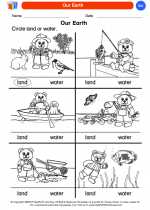
 Coloring Worksheet
Coloring Worksheet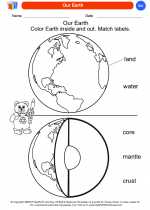
 Coloring Worksheet
Coloring Worksheet
 Coloring Worksheet
Coloring Worksheet
 Coloring Worksheet
Coloring Worksheet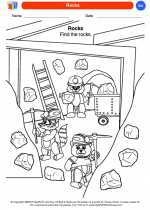
 Coloring Worksheet
Coloring Worksheet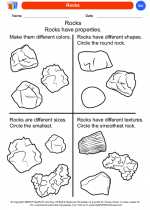
 Coloring Worksheet
Coloring Worksheet
 Coloring Worksheet
Coloring Worksheet
 Coloring Worksheet
Coloring Worksheet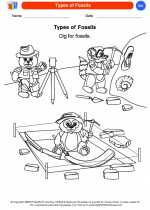
 Coloring Worksheet
Coloring Worksheet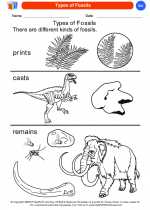
 Coloring Worksheet
Coloring Worksheet
 Coloring Worksheet
Coloring Worksheet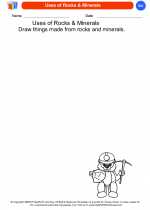
 Coloring Worksheet
Coloring Worksheet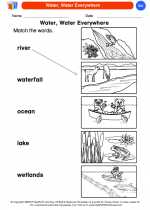
 Coloring Worksheet
Coloring Worksheet
